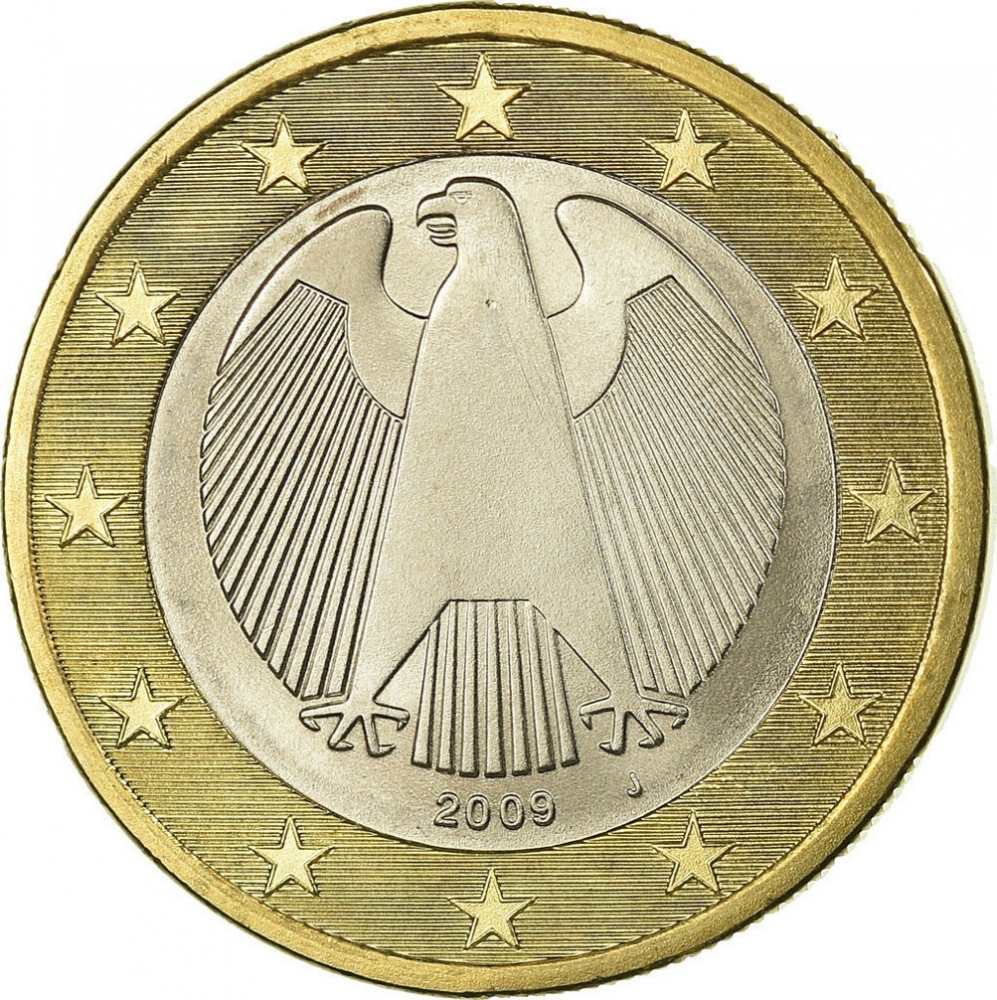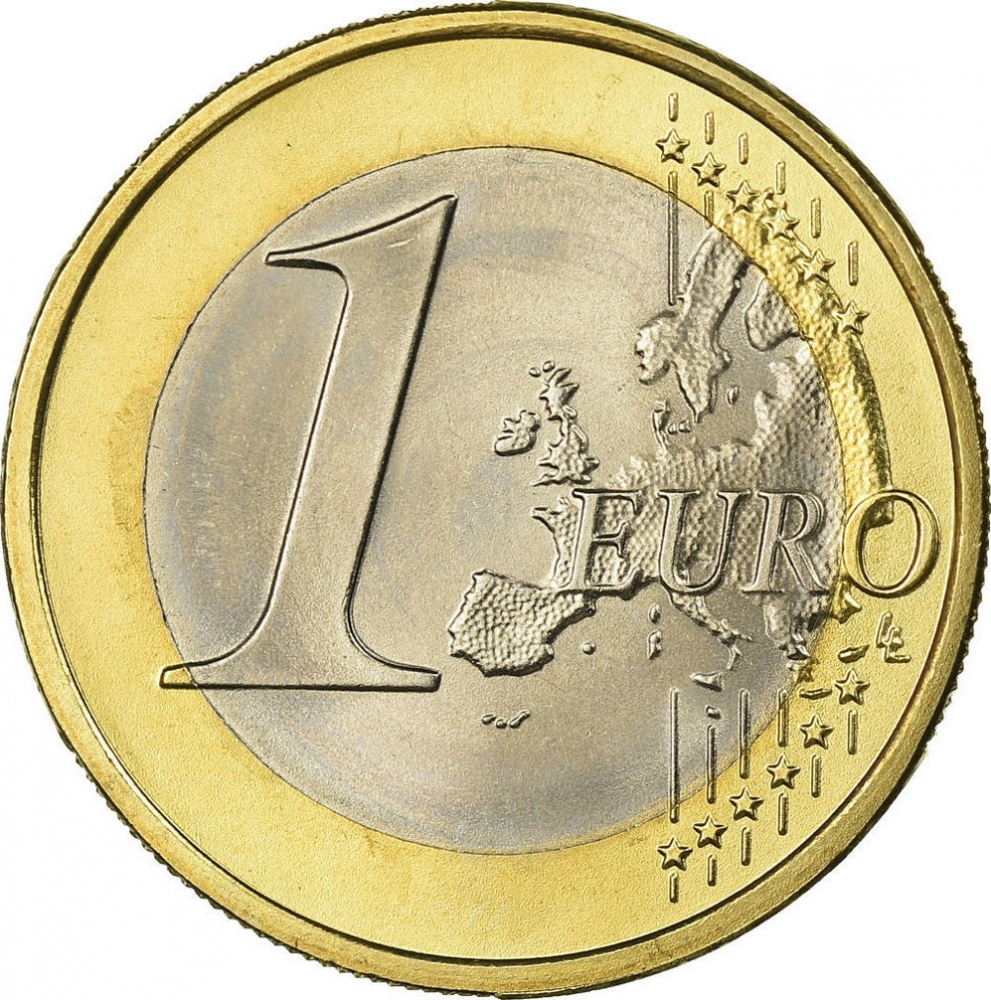You are about to finish your registration. Please check your mailbox (including spam folder). There should be a letter with a confirmation link. Check setting to make sure that your e-mail address is correct.
Send letter againDescription
On 7 June 2005, the European Council decided that the common side of the €0.10 to €2 coins should be brought up to date to reflect the enlargement of the EU in 2004. The €0.01, €0.02 and €0.05 coins show Europe in relation to the rest of the world, therefore they remained unchanged. In 2007, the new design was introduced. The design still retains all elements of the original designs but the map of the fifteen states is replaced by one showing the whole of Europe as a continent, without borders, to stress unity.
Obverse

|
The eagle, the traditional symbol of German sovereignty, is surrounded by the twelve stars of Europe. Mintmark and date below. ★ ★ ★ ★ ★ ★ ★ ★ ★ ★ ★ ★ |
|---|---|
Reverse

|
A geographical map of Western Europe spans the outer ring and inner core on the right side of the coin. The inscription 1 EURO is superimposed over the map of Europe, with the numeral “1” located in an open field representing the eastern Atlantic Ocean. 1 EURO |
| Edge |
1 Euro
2nd map
KM# 257 Schön# 252 Jaeger# 488a
Characteristics
| Material | Cupronickel |
| Weight | 7.5 g |
| Diameter | 23.25 mm |
| Thickness | 2.33 mm |
| Shape |
|
| Alignment | Medal |
| Mints |
Bavarian Central Mint (D) Berlin State Mint (A) Hamburg Mint (J) Karlsruhe State Mint (G) Stuttgart State Mint (F)
|



